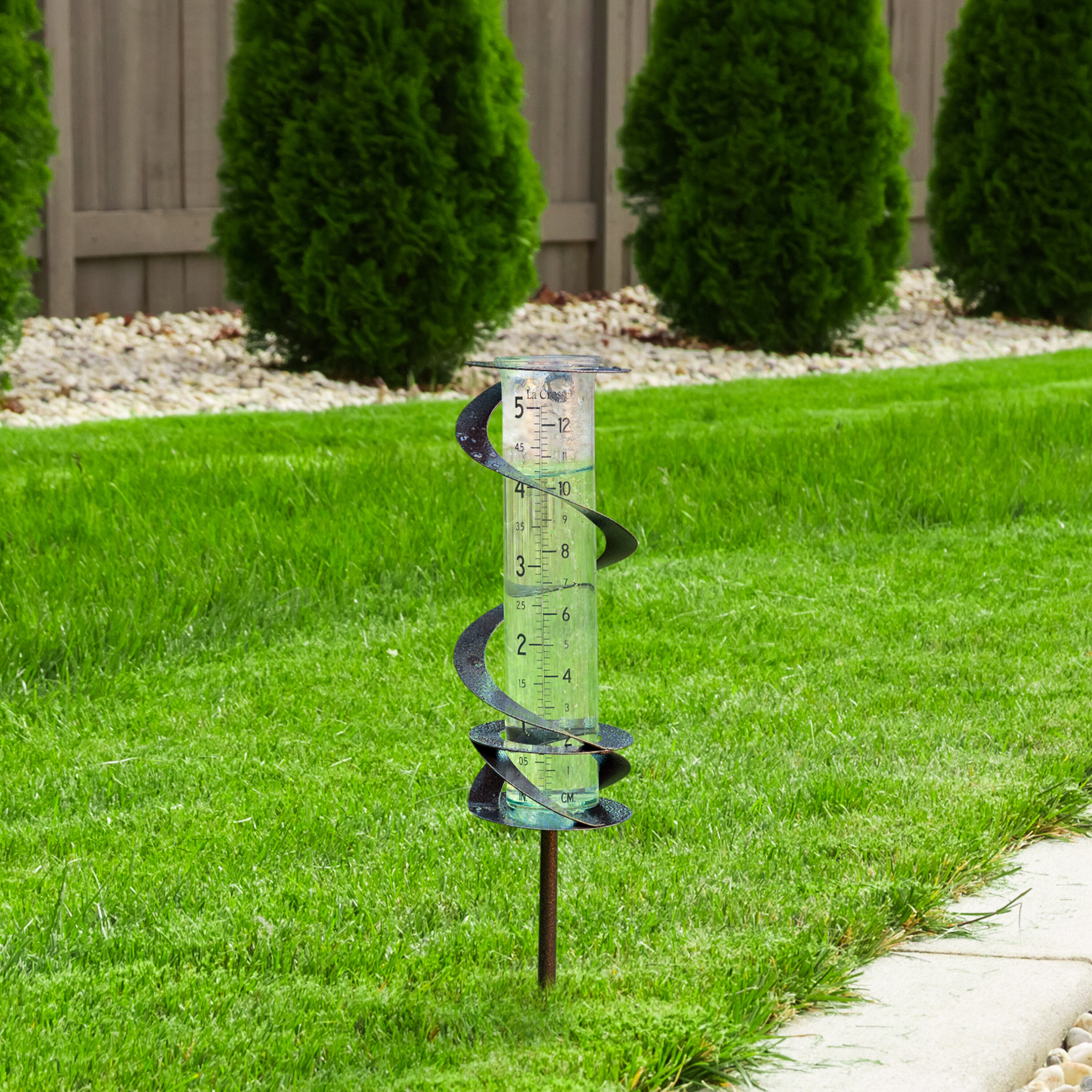Your Go-To Resource on The Rain Gauge: Benefits and Practical Applications
Your Go-To Resource on The Rain Gauge: Benefits and Practical Applications
Blog Article
DIY Rainfall Scale: Simple Actions to Make Your Own
Creating your own DIY rainfall scale is a efficient and basic means to measure and tape-record rainfall. With simply a couple of common materials and some basic steps, you can quickly create your very own rainfall scale at home. Allow's obtain begun on making your DIY rain gauge today!
Gather Materials
To start creating your do it yourself rainfall scale, collect all the necessary materials using an extensive list of items. Having the right materials on hand will guarantee the successful creation of your rain gauge and enable accurate measurements of rains. You will need a clear plastic container or cylinder, such as a plastic bottle or jar. Make sure the container is transparent so that you can conveniently see the water degree inside. Next off, you will need a ruler or gauging tape to note the increments on the container. This will certainly enable you to measure the amount of rains properly. In addition, you will certainly need a permanent pen or water-proof tape to mark the dimensions on the container. This will ensure that the markings remain visible also when exposed to rain. You will certainly need a sturdy base or risk to safely hold your rainfall scale in place. This can be a wood or metal risk that can be put right into the ground or a durable level surface to provide security. Gathering these products in advance will certainly improve the construction procedure and guarantee that you have every little thing you need to develop your own do it yourself rain scale.
Prepare the Container

Mark the Measurement Increments
To properly gauge the quantity of rainfall, accurately noting the measurement increments on your do it yourself rainfall gauge is vital. Without clear and accurate markings, it would certainly be challenging to determine the specific amount of rainfall gathered in your rain scale. Here are the actions to mark the dimension increments on your rain scale.
The most typical devices for measuring rains are inches and millimeters. When you have actually chosen the system, make use of a long-term pen or waterproof paint to note the increments on the side of your rain scale.
When marking the increments, it is essential to ensure that they are equally spaced and clearly noticeable. Use a ruler or gauging tape to ensure accuracy and consistency. In addition, make sure that the markings are resistant to fading or abrading, as direct exposure to the components may cause them to weaken gradually.
Area the Rain Gauge Outdoors
The rain gauge must be placed outdoors to accurately gather rainfall information. The area picked for the rain gauge ought to be open and complimentary from any kind of blockages that can possibly affect the measurement of rainfall. It is vital to discover an area that is not blocked by trees, structures, or various other frameworks that might obstruct the rain from reaching the gauge. This will ensure that the collected data is representative of the actual rains in the location.
Additionally, it is important to position the rain gauge on a steady surface, such as a level ground or a durable message. This will prevent any movement or tilting of the gauge, click which could result in inaccurate dimensions. It is additionally a good idea to avoid placing the scale near any kind of resources of man-made water, such as sprinklers or drainage systems, as this can conflict with the precision of the dimensions.
Monitor and Document Rain Information
Normal surveillance and recording of rains information is important for exact information evaluation and interpretation. By keeping track of rainfall measurements, you can acquire important understandings right into climate patterns, environment trends, and water resource monitoring. To efficiently keep an eye on and tape-record rains data, it is very important to develop a routine and maintain regular methods.
To start with, ensure that your rainfall gauge is placed in discover this an open area far from barriers such as trees or structures that may block rainfall. In addition, ensure the rain gauge is degree and securely secured to stop any kind of movement that can influence the precision of the dimensions.

When recording the rainfall data, it is essential to note the day and time of each dimension. Utilize a leader or a gauging adhere to determine the rainfall depth in the rain gauge, and document this information accurately.
To make sure the accuracy of the measurements, it is recommended to empty the rainfall scale after each recording. This will certainly stop any type of overflow or evaporation from affecting subsequent dimensions.
Final Thought
To conclude, developing a DIY rainfall gauge is a straightforward and sensible way to check and tape rainfall information (The Rain Gauge). By following the actions detailed in this short article, you can conveniently gather products, prepare the container, mark the measurement increments, and put the rain scale outdoors. On a regular basis keeping an eye on and tape-recording rains data can give important details for different objectives
Having the ideal products on hand will make certain the successful creation of your rainfall scale and allow for precise measurements of rainfall.To properly measure the quantity of rains, accurately noting the dimension increments on your DIY rainfall scale is vital.The rainfall gauge must be positioned outdoors to accurately gather rains data. The visit site place picked for the rain gauge must be complimentary and open from any kind of obstructions that could possibly influence the measurement of rainfall.In final thought, developing a DIY rainfall gauge is a practical and easy means to check and record rainfall data.
Report this page